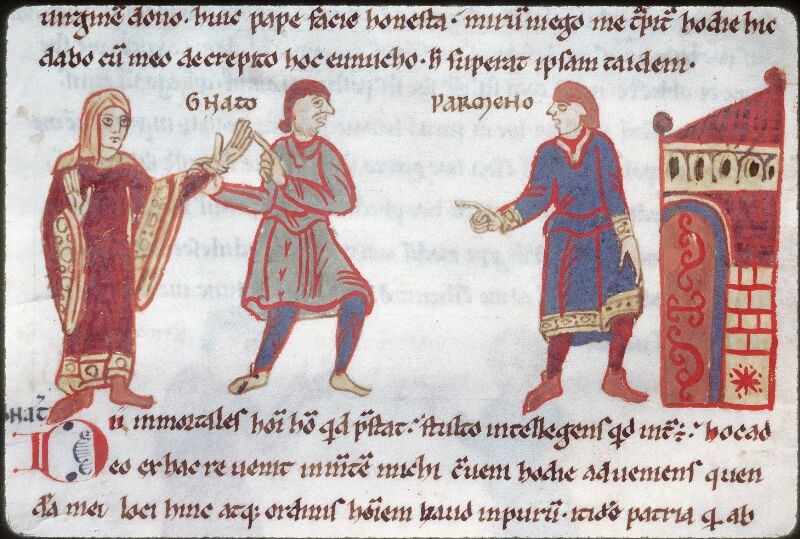TERESA WITCOMBE
My contribution to the conference explored the theme of ‘Freedom and Work’ through the lens of the forced labour of captive and enslaved Muslim women living and working under Christian dominion in thirteenth-century Toledo. My paper provided an introduction to the unfree individuals at the heart of my research, their lives, their labour, and the sorts of communities to which they belonged, communities that included not only their unfree companions but also, perhaps more surprisingly, free individuals from wider society, who were capable of acting on behalf of the enslaved. These findings, alongside those of many other recent studies of unfreedom in the Middle Ages, go a long way towards challenging, from a medieval perspective, the well-known maxim of Orlando Patterson that enslavement can be understood as a form of ‘social death’.

The women at the centre of my paper would have lived embedded within the households of those they served, whether these were the houses of noblemen and women, or religious institutions, such as churches and convents. Their work mainly incorporated various forms of domestic labour – I spoke in detail about one woman who appears to have sewn clothes for her aristocratic mistress – as well as, in some cases, sexual servitude. Their footprint upon the thirteenth-century archives is light. In a medieval society in which writing was power, the enslaved had little opportunity to commission the production of documents or engage the services of a notary to write on their behalf. It is perhaps an irony, though not a surprise, that my richest sources of information about unfree women in the thirteenth century come through records of their emancipation, documents made by their owners to legally recognise the change in status of their former slaves. Thus it is often only through the act of being released from enslavement that we can glimpse back into the past life of an unfree individual, and form some impression of their experiences and labours, the circumstances in which they were enslaved, and their relationship with the society in which they were forced to live. The many unfree individuals who died in slavery – likely the majority – often remain, as a consequence, hidden beyond the sightline of the historian.
And so it is the ‘lucky few’ who appear in emancipation charters and who thus provide us with a detailed, though necessarily narrow, view of medieval enslavement in Toledo. But just how ‘lucky’ were they? A question that arose in my own paper and in the papers of the others on my panel, as well as in the broader discussions with the audience, was precisely the significance of emancipation in medieval societies. In the documents that I have studied, emancipation is usually purchased by the unfree rather than gifted by the master. And it was valued very dearly. Large sums are paid to secure an individual’s emancipation and many free services and labours are promised to achieve it, often tying an individual into commitments of lifelong service to the former master, typically for no pay. The lived experience of the ‘freed’ woman or man may have differed very little (if at all!) from their enslaved existence in many cases. And yet, it was a status that many pursued at great cost – and one that clearly bore a symbolic significance that far outweighed its practical implications.
Teresa Witcombe is a cultural and intellectual historian of interreligious relations in medieval Spain, with a particular interest in exchange, translation, forced movement, and slavery. She is currently a British Academy Postdoctoral Fellow at the University of Oxford. She previously held a Leverhulme Trust research award in Madrid and was a Junior Research Fellow at the Institute of Historical Research. She was awarded her PhD in 2019, from the University of Exeter.
